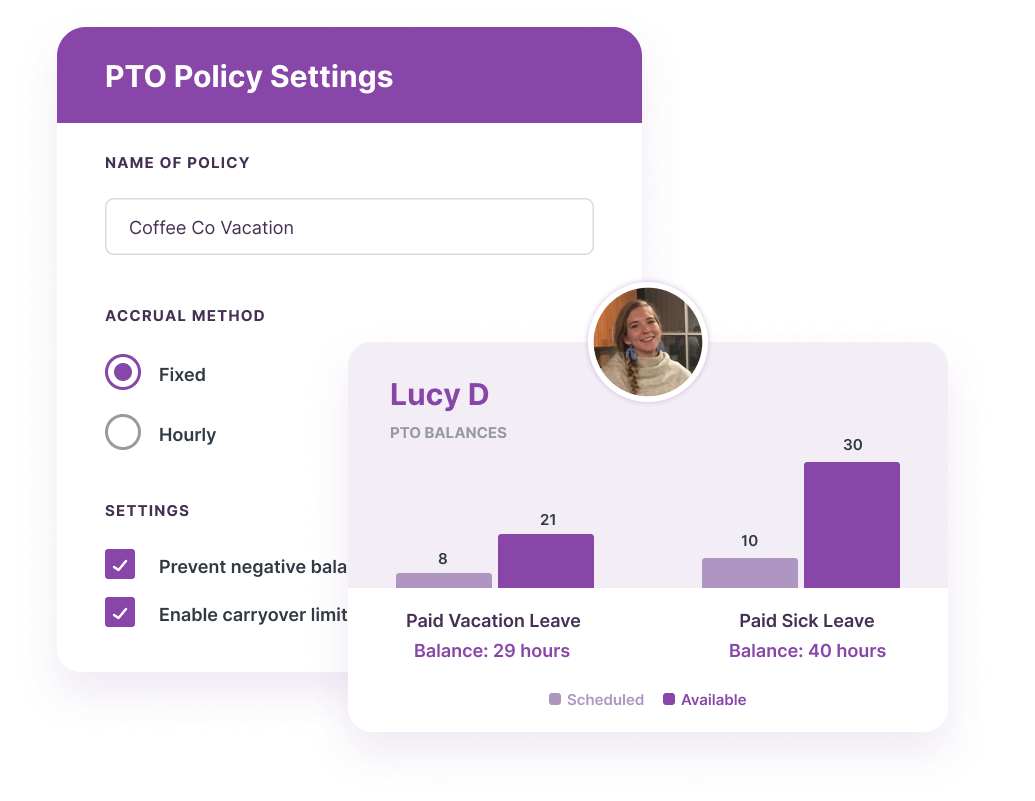9 surefire ways to engage your employees remotely
A connected and thriving remote team is within your reach.
At the start of the pandemic, many of us walked out of our offices and set up workspaces to temporarily work from home. But as it continued to invade people's lives, the world of work changed forever.
Remote work has quickly become the norm. Millions of employees around the world have made this tremendous career transition, and employers have also had to adapt. New terms like zoom fatigue, asynchronous communications, digital by default, distributed workforce, hybrid teams, return to work, and the now dreaded virtual happy hour have become part of everyday conversation.
But as you move forward, it's crucial to pay close attention to how remote workers feel. Are they motivated? Are they happy? Above all, do they feel engaged?
Remote work and employee engagementBelieve it or not, it's time to fully understand how today's workplace has changed and the new reality of what today's workforce expects.
>of remote workers say they would like to work remotely even after the pandemic, up from 54% in 2020.
Source: CNN
Switching to a remote workforce has many benefits, including savings on office space costs and opening up your talent pool locally and internationally. However, a remote team still needs to be hired to do a great job. The employee engagement experts at Gallup have a wealth of data touting the benefits of remote employee engagement, including increased productivity, reduced turnover, better customer service, and more!
>The good news is that employee engagement doesn't require face-to-face interactions or physical workspaces. Factors such as purpose, opportunities for personal and professional development, ongoing conversations with co-workers and supervisors, and the opportunity to improve skills can all be fully accessible in a remote workplace.
9 tips for engaging remote employeesAs with anything involving people, there is no one-size-fits-all approach. However, you can never go wrong with a few basic tips for creating a remote engagement strategy that works in your team's favor. Here are nine essential tips for successfully engaging remote employees.
1. Create an intentional onboarding experienceFirst impressions count. In fact, 69% of employees are likely to stay with the same company for at least three years if they have a good onboarding experience.
In-person onboarding is one thing, but remote employee onboarding is another. Make sure your managers consider your employees' experience during and after onboarding.
HBR suggests these four goals for successful remote onboarding: Get started quickly. Give your new hires a simple little project to keep them busy during their downtime. Focus on building relationships. Encourage casual conversations within your team, turn on your cameras, and be sure to set aside time just to get to know your new team members better. Make your employees aware of your culture. Be explicit about what's important to your organization and "how things get done" because corporate culture, processes and procedures are more difficult to understand from a distance. Be clear about expectations. Provide new hires with a written plan or guidelines outlining their 30, 60, and 90 day goals. Make sure they know what to expect and when. 2. Set clear goals, KPIs and performance expectationsRemote workers benefit from the flexibility of not being in the office at a specific time. For some, that means getting the job done when it fits into their schedule, like early in the morning or late at night.

A connected and thriving remote team is within your reach.
At the start of the pandemic, many of us walked out of our offices and set up workspaces to temporarily work from home. But as it continued to invade people's lives, the world of work changed forever.
Remote work has quickly become the norm. Millions of employees around the world have made this tremendous career transition, and employers have also had to adapt. New terms like zoom fatigue, asynchronous communications, digital by default, distributed workforce, hybrid teams, return to work, and the now dreaded virtual happy hour have become part of everyday conversation.
But as you move forward, it's crucial to pay close attention to how remote workers feel. Are they motivated? Are they happy? Above all, do they feel engaged?
Remote work and employee engagementBelieve it or not, it's time to fully understand how today's workplace has changed and the new reality of what today's workforce expects.
>of remote workers say they would like to work remotely even after the pandemic, up from 54% in 2020.
Source: CNN
Switching to a remote workforce has many benefits, including savings on office space costs and opening up your talent pool locally and internationally. However, a remote team still needs to be hired to do a great job. The employee engagement experts at Gallup have a wealth of data touting the benefits of remote employee engagement, including increased productivity, reduced turnover, better customer service, and more!
>The good news is that employee engagement doesn't require face-to-face interactions or physical workspaces. Factors such as purpose, opportunities for personal and professional development, ongoing conversations with co-workers and supervisors, and the opportunity to improve skills can all be fully accessible in a remote workplace.
9 tips for engaging remote employeesAs with anything involving people, there is no one-size-fits-all approach. However, you can never go wrong with a few basic tips for creating a remote engagement strategy that works in your team's favor. Here are nine essential tips for successfully engaging remote employees.
1. Create an intentional onboarding experienceFirst impressions count. In fact, 69% of employees are likely to stay with the same company for at least three years if they have a good onboarding experience.
In-person onboarding is one thing, but remote employee onboarding is another. Make sure your managers consider your employees' experience during and after onboarding.
HBR suggests these four goals for successful remote onboarding: Get started quickly. Give your new hires a simple little project to keep them busy during their downtime. Focus on building relationships. Encourage casual conversations within your team, turn on your cameras, and be sure to set aside time just to get to know your new team members better. Make your employees aware of your culture. Be explicit about what's important to your organization and "how things get done" because corporate culture, processes and procedures are more difficult to understand from a distance. Be clear about expectations. Provide new hires with a written plan or guidelines outlining their 30, 60, and 90 day goals. Make sure they know what to expect and when. 2. Set clear goals, KPIs and performance expectationsRemote workers benefit from the flexibility of not being in the office at a specific time. For some, that means getting the job done when it fits into their schedule, like early in the morning or late at night.
What's Your Reaction?






















